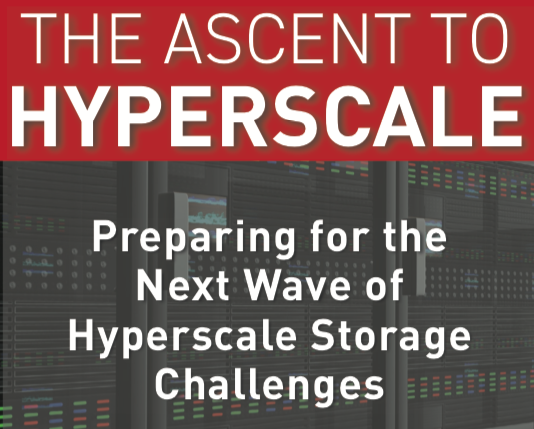Tape Storage: New Game, New Rules

Modern tape storage has become the leading strategic and lowest-cost storage solution for massive amounts of archival and unstructured data. This bodes well for future tape growth as archival data is piling up much faster than it is being analyzed. Over the past decade, the magnetic tape industry has successfully re-architected itself delivering compelling technologies and functionality including cartridge capacity increases, vastly improved bit error rates yielding the highest reliability of any storage device, a media life of 30 years or more, and faster data transfer rates than any previous tape or HDD (Hard Disk Drive).
Many of these innovations have resulted from technologies borrowed from the HDD industry and have been used in the development of both LTO (Linear Tape Open) and enterprise tape products. Additional tape functionality including LTFS, RAIT, RAO, TAOS, smart libraries and the Active Archive adds further value to the tape lineup. HDD technology advancement has slowed while progress for tape, SSD (Solid State Disk) and other semiconductor memories is steadily increasing. Fortunately, today’s tape technology is nothing like the tape of the past.
For more information, check out this Horison Information Strategies White Paper “Tape Storage: It’s a New Game With New Rules.”








